-
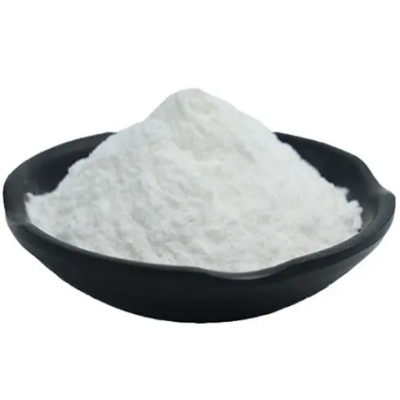
ETHYL4-METHYL-4-PENTENOATE CAS:4911-54-0
Ethyl 4-methyl-4-pentenoate is a chemical compound with the molecular formula C7H12O2. It is commonly utilized as a versatile building block in organic synthesis, particularly in the creation of flavor and fragrance compounds. This compound’s reactivity and distinctive structure make it valuable in the field of organic chemistry.
-

Ethyl2-bromothiazole-4-carboxylate CAS:100367-77-9
Ethyl 2-bromothiazole-4-carboxylate is a chemical compound with the molecular formula C7H6BrNO2S. It is known for its applications as a versatile intermediate in organic synthesis. This compound plays a significant role in various chemical reactions, particularly in the preparation of pharmaceuticals, agrochemicals, and specialty chemicals. Its unique structure and reactivity make it a valuable component in the field of organic chemistry.
-

Tris-(2-cyanoethyl)-phosphine CAS:4023-53-4
Tris-(2-cyanoethyl)-phosphine is a chemical compound with the molecular formula C9H15N3P. This compound is recognized for its applications as a versatile reagent and intermediate in organic synthesis, particularly in the preparation of various phosphorus-containing compounds. Its distinctive structure and reactivity make it valuable in the field of organic chemistry.
-
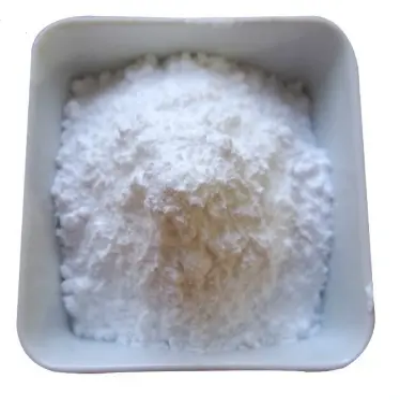
4-HYDROXY-2-(TRIFLUOROMETHYL)QUINOLINE CAS:1701-18-4
4-Hydroxy-2-(trifluoromethyl)quinoline is a chemical compound with the molecular formula C10H6F3NO. It is recognized for its applications as a key intermediate in organic synthesis. This compound is utilized in diverse chemical reactions, particularly in the preparation of pharmaceuticals, agrochemicals, and specialty chemicals. Its unique structure and reactivity make it valuable in the field of organic chemistry.
-
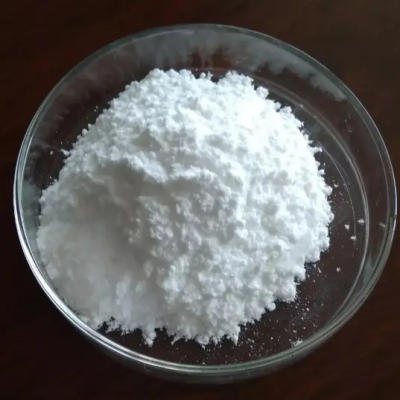
4-Chloro-6-fluoro-2-methylquinoline CAS:18529-01-6
4-Chloro-6-fluoro-2-methylquinoline is a chemical compound with the molecular formula C10H7ClFN. This compound serves as a key intermediate in organic synthesis, particularly in the creation of diverse pharmaceutical and agrochemical compounds. Its unique structure and reactivity make it valuable in the field of organic chemistry.
-

7-Bromoquinolin-8-ol CAS:13019-32-4
7-Bromoquinolin-8-ol is a chemical compound with the molecular formula C9H6BrNO. It is recognized for its applications as a versatile building block in organic synthesis. This compound is utilized in various chemical reactions, particularly in the preparation of pharmaceuticals, agrochemicals, and specialty chemicals. Its unique structure and reactivity make it valuable in the field of organic chemistry.
-
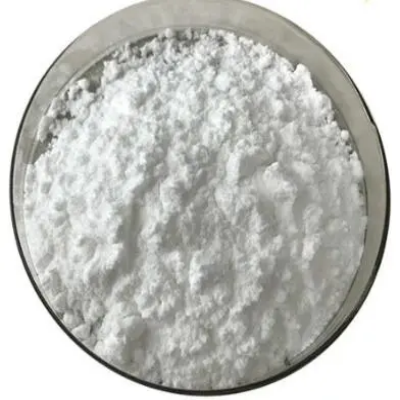
4-Chloro-2-(trifluoromethyl)quinoline CAS:1701-24-2
4-Chloro-2-(trifluoromethyl)quinoline is a chemical compound with the molecular formula C10H5ClF3N. It is a crystalline solid known for its applications in organic synthesis. This compound serves as a versatile building block in various chemical reactions, particularly in the preparation of pharmaceuticals, agrochemicals, and specialty chemicals. Its unique structure and reactivity make it a valuable component in the field of organic chemistry.
-

Cyclopropylmethylbromide CAS:7051-34-5
Cyclopropylmethylbromide is a chemical compound with the molecular formula C4H7Br. It is a colorless liquid known for its applications in organic synthesis. This compound serves as a versatile building block in various chemical reactions, particularly in the preparation of pharmaceuticals, agrochemicals, and specialty chemicals. Its unique structure and reactivity make it a valuable component in the field of organic chemistry.
-
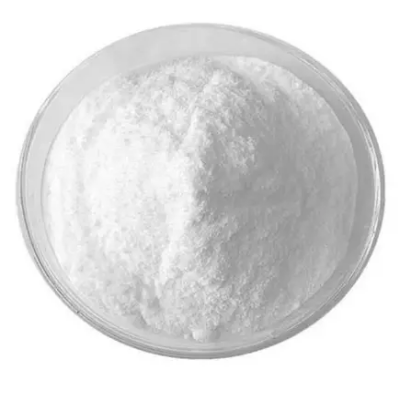
5-AMINOBENZOTRIAZOLE CAS:3325-11-9
5-Aminobenzotriazole is a chemical compound with the molecular formula C6H6N4. It is a crystalline solid known for its applications as a versatile building block in organic synthesis. This compound is utilized in various chemical reactions, particularly in the preparation of pharmaceuticals, agrochemicals, and specialty chemicals. Its unique structure and reactivity make it valuable in the field of organic chemistry.
-
![6,8-dibromoimidazo[1,2-a]pyrazine CAS:63744-22-9](https://cdn.globalso.com/xindaobiotech/VMLV8UWXAZ0XBLS6M42.png)
6,8-dibromoimidazo[1,2-a]pyrazine CAS:63744-22-9
6,8-Dibromoimidazo[1,2-a]pyrazine is a chemical compound with the molecular formula C6H3Br2N3. This compound is recognized for its significance as a key building block in organic synthesis. Its reactivity and unique structure make it valuable for various chemical processes, particularly in the synthesis of pharmaceuticals, agrochemicals, and specialty chemicals.
-
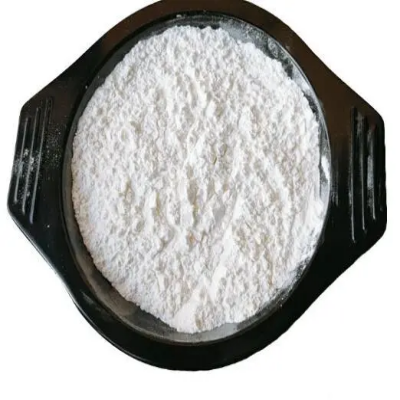
4-Chloro-3-nitropyridine CAS:13091-23-1
4-Chloro-3-nitropyridine is a chemical compound with the molecular formula C5H3ClN2O2. Known for its applications as a key intermediate in organic synthesis, this compound is utilized in diverse chemical reactions, particularly in the preparation of pharmaceuticals, agrochemicals, and specialty chemicals. Its distinctive structure and reactivity make it valuable in the field of organic chemistry.
-
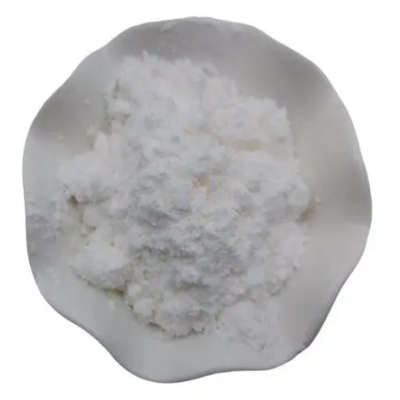
6-Fluoroindole-2-carboxylicacid CAS:3093-97-8
6-Fluoroindole-2-carboxylic acid is a chemical compound with the molecular formula C9H6FNO2. Known for its applications as a key intermediate in organic synthesis, this compound finds utility in various chemical reactions, particularly in the preparation of pharmaceuticals, agrochemicals, and specialty chemicals. Its distinctive structure and reactivity render it valuable in the field of organic chemistry.

